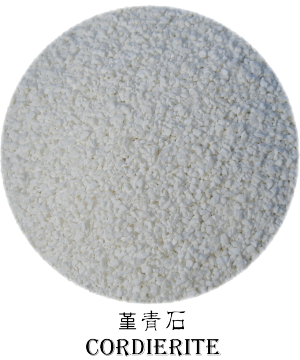
- Home
- About Us
- Products
- Product knowledge
-
News Center
News Center
- Contact Us






is a beautiful silicate mineral prized for its distinctive color and optical properties. Its chemical composition is primarily magnesium iron aluminum silicate. Its most remarkable feature is its **strong pleochroism**: the same gemstone can appear violet-blue, grayish-blue, or pale yellow when viewed from different angles.
Nickname: It's often called "Water Sapphire" due to its color resemblance to sapphire, though it's significantly less expensive.
Properties: It has a hardness of about 7-7.5 on the Mohs scale and a vitreous luster. Its strong pleochroism is a key identifying feature but also presents a cutting challenge; precise orientation is crucial to showcase the best blue color.
Formation & Occurrence: Primarily found in aluminum- and magnesium-rich metamorphic rocks (like gneiss and schist), also in igneous rocks and pegmatites. Notable sources include India, Sri Lanka, Myanmar (Burma), Madagascar, Brazil, and Norway.
Uses: Gemstone: Primarily used as a gemstone, valued especially for its attractive violet-blue color. It's commonly faceted or cut en cabochon for use in jewelry (rings, pendants, earrings, etc.).
Industrial: Due to its low thermal expansion when heated, cordierite ceramics are widely used in automotive catalytic converter substrates and kiln furniture (like saggars).